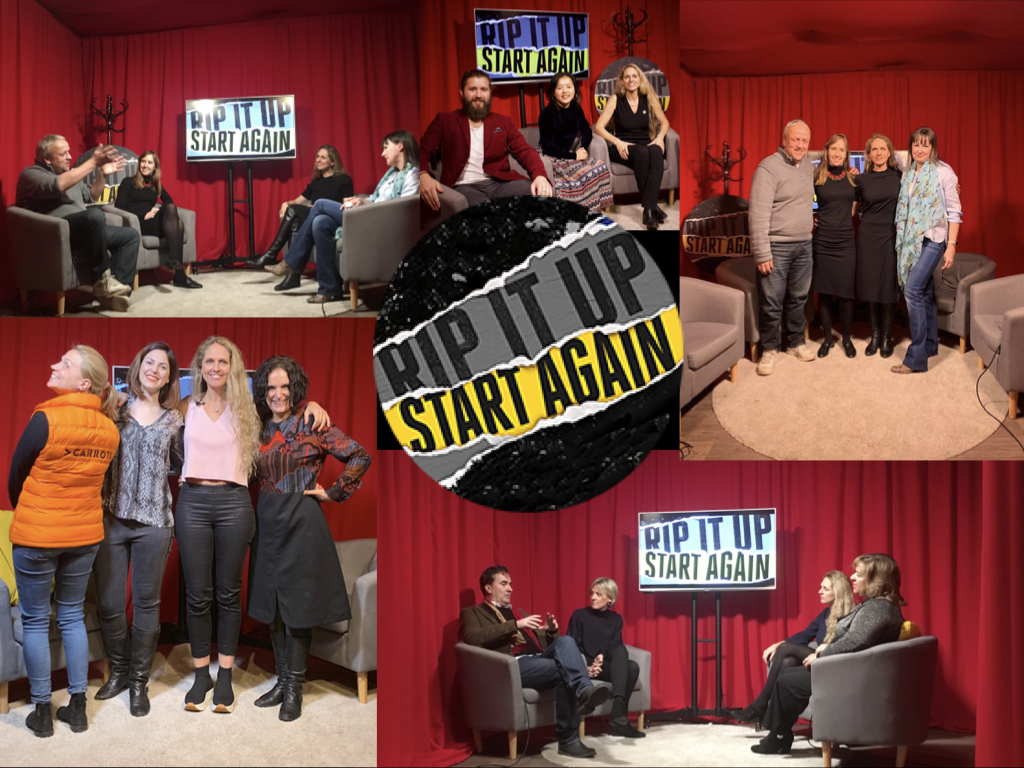WHAT DID HE SPEAK ABOUT?
Disruption. Rob shared his early experiences with technology in the retail sector and the realisation that there is limited information on the start-ups transforming our economy. In 2015, he launched the magazine D/sruption and a series of events to help businesses make sense of our changing world.
WHAT'S THE BACKSTORY?
Technology is disrupting every industry and leaders are struggling to anticipate the impact this will have on their businesses. But to predict what the future might look like and to survive this technological revolution, we must start by defining what disruption is. Rob identified five pillars of disruption: Emerging technology, the Internet of Things, Innovative business models, Advanced Robotics, and Virtual Reality & Augmented Reality.
3D printing now looks set to fundamentally change retail and manufacturing industries. Today it’s possible for aspiring fashion designers to create a pair of shoes on an iPad, send them to the Amazon 3D print store, receive a prototype days later, then list the product on Amazon Marketplace to receive a commission every time someone downloads them. Rob realised that businesses need to know more about the start-ups changing our future.
WHAT'S HE DOING ABOUT IT?
Discussing new technology and its wider impact on the economy through articles, dinners, round-table events and (by the end of 2017) conferences. He spoke to us about the emerging technology that he believes will have the biggest impact in the short-term – The Internet of Things. This is growing at an incredible rate and is already turning physical objects into data-driven objects, providing real-time insights on things like usage and location.
This also overlaps with AI, which is one of the most exciting areas at the moment. The IoT is making it possible for cars to ‘talk’ to other vehicles, offering safer driving for everyone. Rob also delved into the area of virtual reality and augmented reality, explaining how its uses transcend beyond the gaming sector. Travel agents are now using VR headsets to offer customers a preview of the hotel and holiday park before they book a holiday.
Then there’s the area of advanced robotics. We are now seeing humanoid robots like Pepper being rolled out across retail environments and the service industry. The reality of robotics is that we will probably see a rise in co-bots – robots that work alongside humans rather than replacing us completely. However, it is the chatbot economy (which Rob predicts will be the most disruptive since the smartphone) that was the main focus of interest.
Last year, Facebook opened up a development toolkit for the Messenger platform, effectively allowing brands to build within that application. Chatbots send more than just text – they are able to interact in real time to improve customer experience and deliver better search results. For instance, Google currently allows a fairly limited search criteria if you are researching your next holiday, but chatbots can comprehend multiple search criteria and replicate the experience of speaking to a knowledgeable travel agent.
Imagine a chatbot that has the ability to alert you when your boiler is about the malfunction. You could ask the chatbot to find local plumbers in the area. The chatbot responds that there are three within a five-mile radius, but one of them doesn’t have the best reputation. In other words, it understands conversations in context with your life and has the ability to connect with other apps like Google Maps, Calendar and Uber to perform automated tasks that make your life easier.
Amazon Echo, the voice-controlled smart speaker, is already in widespread use. At the moment chatbots use an augmented decision tree based on your responses (if this, then that), but over time you will get further down that tree before speaking to a human. This same technology could be used to allow consumers to interact with adverts in real-time or even to remotely diagnose medical problems with a percentage of accuracy to reduce strain on the healthcare system. Chatbots are the future of AI and they will result in a better experience for consumers and reduced costs for businesses.
NEXT STEPS …
D/sruption magazine has 20,000 subscribers and a team of over 50 experts who write about disruption, innovation and digital transformation. Rob is helping business leaders to be more aware of the risks and opportunities presented by emerging technology and is launching a series of conferences later this year to share his knowledge with an even wider audience.
www.disruptionhub.com
